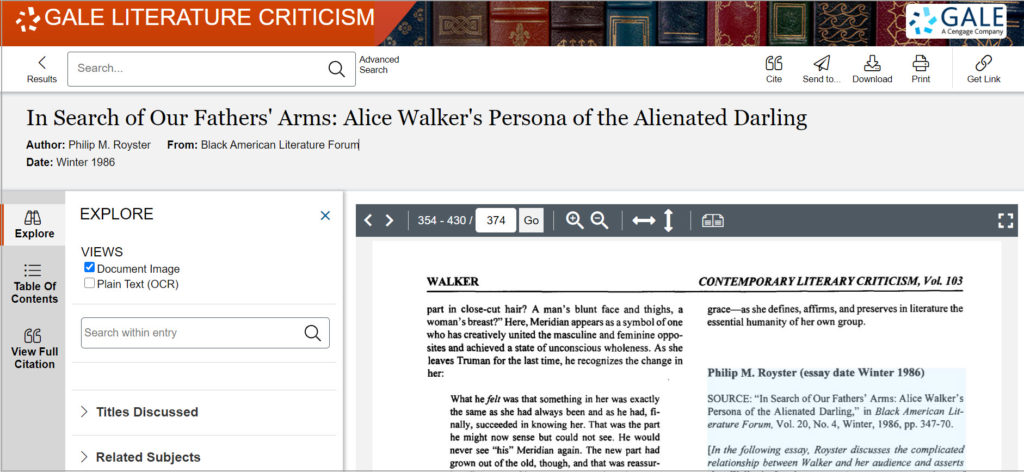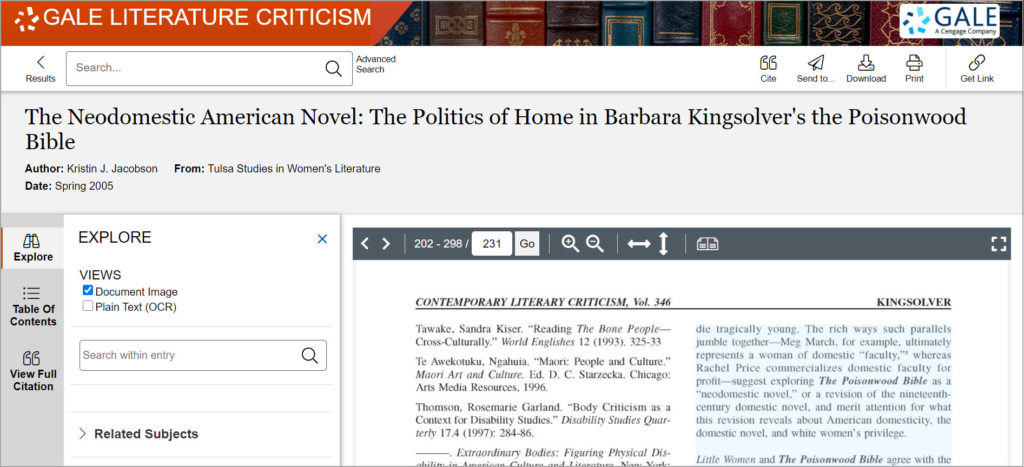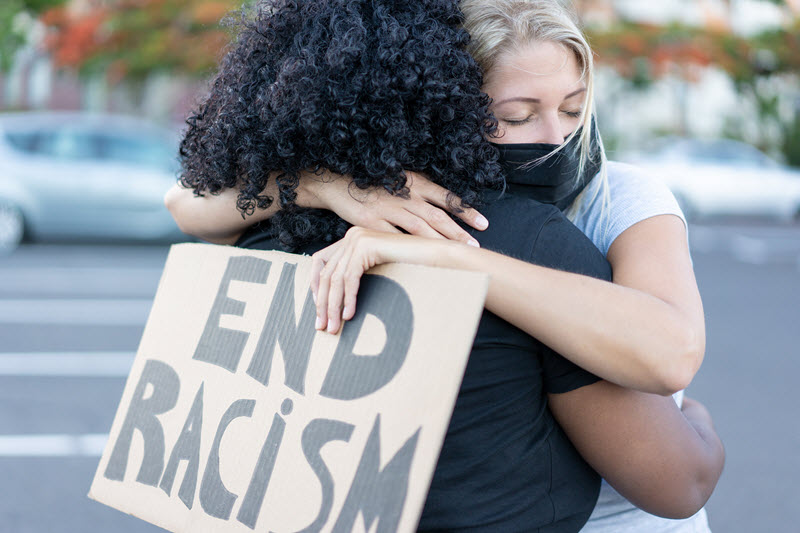| By Rebecca Parks |
One of my favorite pastimes is walking in a pretty neighborhood with my 73-year-old mother. We share a mutual love of domestic architecture and landscaping that borders on obsession. When we see a flower bed that wows us or a roofline that thrills, we’ll rather unabashedly stare from the sidewalk, pointing out this or that feature, sometimes pausing for a few minutes until we’ve exhausted comment.
Every once in a while, Mom will have the presence of mind to consider how our behavior might look to the homeowners—will they call the cops on us out of suspicion that we’re casing their house? I always pooh-poohed her concerns: Who would possibly be suspicious of two older white women on a walk?
After George Floyd was killed by Minnesota police officers in May 2020, however, I became aware of the concept of “white privilege” and how my assumption that I would be considered above suspicion by others—largely because of my race—plays into a larger system of racial injustice.
The concept of white privilege isn’t new. The term was popularized by white activist Peggy McIntosh in her 1988 article “White Privilege: Unpacking the Invisible Knapsack,” in which she defined it “as an invisible package of unearned assets which I can count on cashing in each day, but about which I was ‘meant’ to remain oblivious. White privilege is like an invisible weightless knapsack of special provisions, maps, passports, codebooks, visas, clothes, tools, and blank checks.”
The repeated use of the word “invisible” as well as “oblivious” highlights why the term white privilege wasn’t on my radar before this past year, even though it’s been around since I was in middle school. Attending a majority-Black high school in Flint, Michigan, in the early 1990s, I had a lot of conversations about racism, but the framework was always about overt expressions of white hostility and discrimination, never about the ways I had benefited from being white—and how that in itself actually perpetuates racial injustice. As George Lipsitz said in his book The Possessive Investment in Whiteness: How White People Profit from Identity Politics, “Whiteness is everywhere in U.S. culture, but it is very hard to see.”
The reality is that white privilege isn’t hard to see once you’re aware of it. For example, there are 175 works of literary criticism that touch on the topic of white privilege in the Gale Literature Criticism database.
Some entries include writers’ personal use of the term beyond the body of their work:
- An entry in Twentieth Century Literary Criticism, Vol. 389, in discussing the mutual interest of white writers Lillian Smith and Dorothy Canfield Fisher in equal rights, includes the mention of white privilege in their 1956 correspondence.
- An entry from Contemporary Literary Criticism, Vol. 103, while exploring Black feminist author Alice Walker’s complicated relationship to her audience, includes a quote from her 1983 work In Search of Our Mothers’ Gardens that describes her frustration with white women “for whom racism, inasmuch as it assures white privilege, is an accepted way of life.”

Other entries describe how educators use literature to teach about the concept of white privilege:
- The critical essay “’But I Don’t See Race’: Teaching Popular Culture and Racial Formation” in Children’s Literature Review, Vol. 203, describes one educator’s use of the popular novel The Hunger Games to help her students “understand the systemic and cultural perpetuation of whiteness in social structures and cultural hegemony.”
- Another educator describes her experience teaching Gloria Anzaldúa’s semiautobiographical work Borderlands/La Frontera with her white upper-class students in an essay in Contemporary Literary Criticism, Vol. 350.
There are also critical essays that explore the theme of white privilege by comparing works of literature:
- An essay from Short Story Criticism, Vol. 229, explains how Jean Toomer and Ernest Hemingway upend white privilege in their short fiction.
- One essay from Contemporary Literary Criticism, Vol. 346, observes the parallels between Louisa May Alcott’s 19th-century classic Little Women and Barbara Kingsolver’s The Poisonwood Bible (1998), and what they demonstrate regarding white women’s privilege.

Dozens of other examples reveal that the examination of white privilege in literature is not new and, thanks to Gale Literature Criticism, isn’t difficult to uncover. As is the case with white privilege itself, you just have to know where to look.


